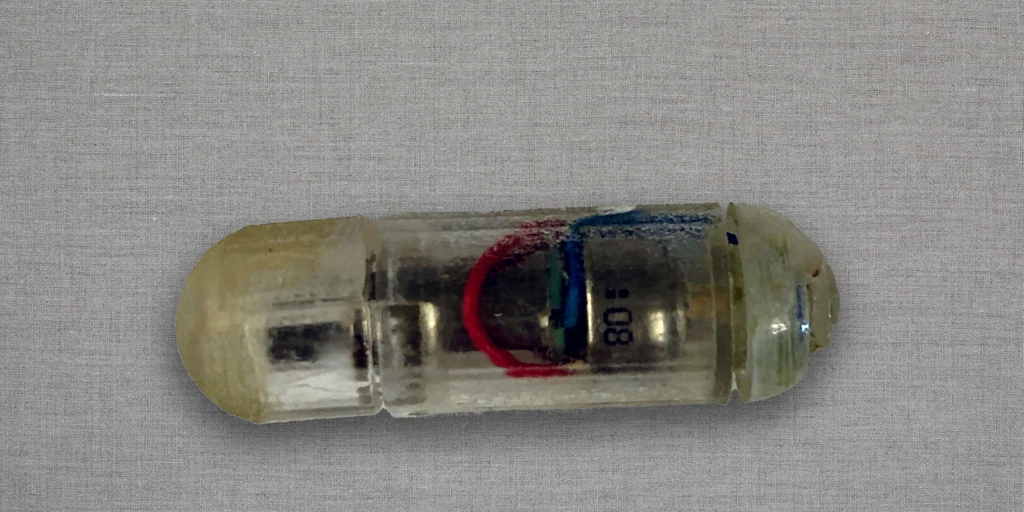Keratoconus is an eye condition that occurs when the front, clear part of the eye becomes thinner and deformed, taking on a conical shape. This results in blurred vision and other problems, such as increased astigmatism.
Has it happened to you? Find out how you can fix it below:
What is keratoconus?
Let’s start by defining what the keratoconus. It is a condition that is characterized by the cornea becoming thinner than necessary and deformed, acquiring a cone shape, causing the light rays to become unfocused and producing changes in the prescription and/or blurred vision.
At first it is imperceptible, but as time goes by, it affects so much that it makes activities as simple as reading, writing and driving difficult.
Causes
There is no specific cause that explains why some human beings develop keratoconus and others do not, although there is a certain influence of genetic or hereditary factors, even though ancestors do not know that they have the disease.
On the other hand, it is also associated with eye allergies and excessive friction of the eyes. Yes, we know that when you get that itchy eye it is quite uncomfortable, but it is best to go to an ophthalmologist to cure the problem.
In turn, studies show that keratoconus appears in late adolescence and usually progresses rapidly – faster the younger the patient is – and stabilizes around age 30.
Symptoms of keratoconus
In most cases it affects both eyes and causes blurred or distorted vision, changes in prescription and increased astigmatism.
How can it be diagnosed?
Do you have any doubts about whether you suffer from keratoconus? The best way to diagnose it is through an eye exam, where the ophthalmologist will study the entire cornea using a test called topography. Once he does, he will be able to indicate how advanced the problem is and the most appropriate treatment.
Treatment
Everything will depend on the symptoms of keratoconus.
Glasses or contact lenses
Professionals indicate that when the symptoms are in their beginnings they can be corrected with glasses or contact lenses, as long as they have the correct formula.
corneal crosslinking
If not, a technique called corneal cross linking will be applied first, which aims to harden the cornea in order to prevent it from deforming. This is achieved by applying riboflavin (vitamin B2) in the form of drops, which is activated upon contact with a beam of low-power ultraviolet radiation. As a result of this chemical reaction on the ocular surface, the bonds between the collagen fibers that make up the cornea become stronger and increase the biomechanical resistance of this tissue. If this treatment offers good results, optical correction can be applied with glasses or contact lenses.
Intacs
In the event that cross linking does not achieve the expected objective, the treatment involves intacs, small devices that the doctor places on the cornea to flatten the curve and optimize vision.
cornea transplant
In the most serious cases, the only option is corneal transplant, the last alternative. The transplant can be total or partial, replacing only some layers of the affected tissue.
When should you see a doctor?
If you suffer from a significant increase in astigmatism, you need to see an ophthalmologist, since there is a high chance that you have keratoconus.
On many occasions, patients do not give these symptoms the importance they deserve. However, it is important to ask for help before it is too late.
Are there risk factors?
Yes, the latest studies show that there are certain conditions that can increase the chances of developing the condition:
• Family background.
• Rubbing your eyes constantly.
• Conditions such as retinitis pigmentosa, Down syndrome, Marfan syndrome, asthma and hay fever.



